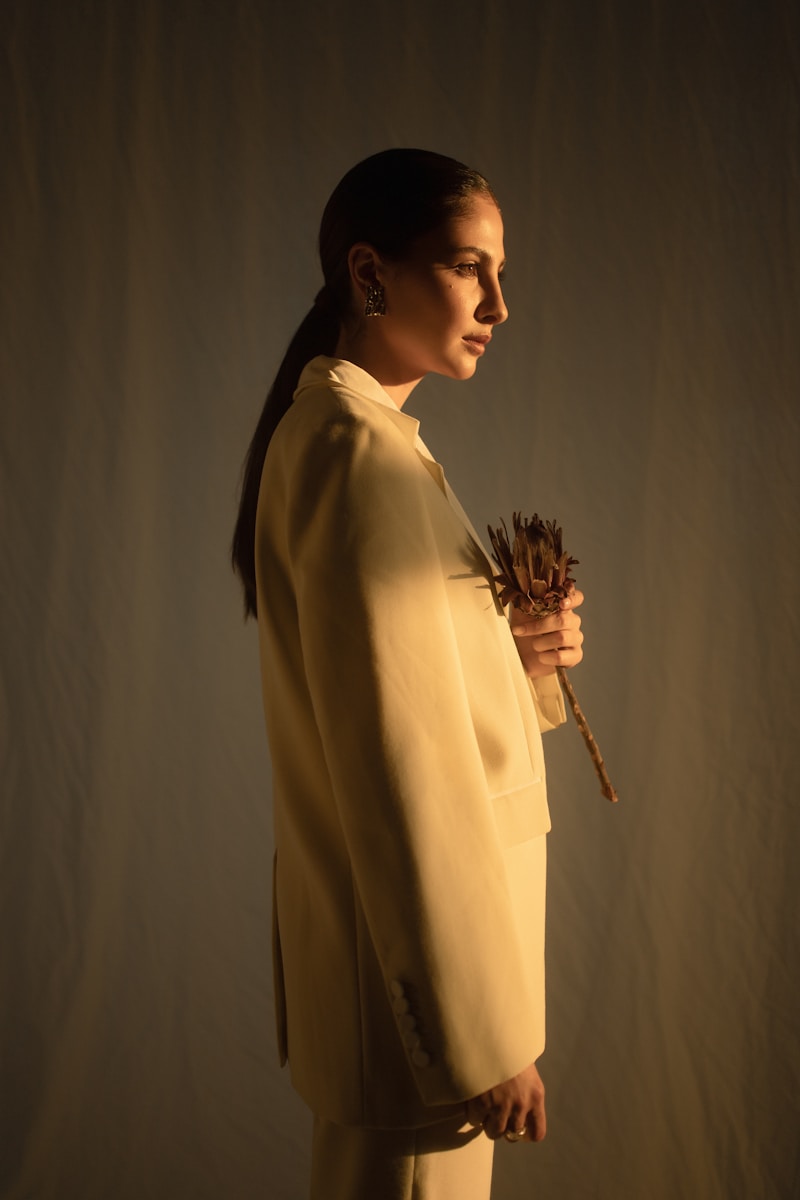Diversity in Bridal Fashion Design: Embracing Uniqueness in Every Stitch
Diversity in Bridal Fashion Design: Embracing Uniqueness in Every Stitch
In recent years, the wedding industry has undergone a significant transformation, with one of the most noticeable shifts being the rise of diversity in bridal fashion design. As couples become more inclusive of different cultural backgrounds, identities, and body types, designers are responding by creating collections that reflect this diversity. This article will explore the meaning of diversity in bridal fashion, the impact of cultural influences, and the importance of inclusivity in wedding attire.
Understanding Diversity in Bridal Fashion
Bridal fashion design is not just about the dress; it's about representing the myriad of cultures, body types, and personal styles that exist globally. As society has become more aware of issues related to representation, wedding attire has evolved to accommodate a broader spectrum of individuals. This redefinition of bridal fashion incorporates various aesthetic elements that cater to personal identity and cultural significance, ensuring that no bride feels left out on her special day.
The Influence of Cultural Backgrounds
One of the primary ways diversity manifests in bridal fashion is through cultural influences. Brides from different backgrounds often showcase styles that are rooted in their traditions. For instance, a traditional Indian wedding may feature a bride in a stunning lehenga adorned with intricate embroidery, while a Japanese bride may don a beautiful kimono with delicate patterns called "Shiromuku." Given the rich diversity of cultures worldwide, bridal designers are increasingly taking inspiration from global traditions, leading to innovative designs that honor these influences.
| Culture | Traditional Attire | Modern Adaptations |
| Indian | Lehenga, Sari | Fusion designs with Western elements |
| Japanese | Kimono | Colorful gowns with kimono fabric |
| African | Gbiri-nku, Kente cloth | Mix of traditional and contemporary styles |
The beauty of these adaptations is that they allow brides to express their heritage while also embracing modern trends, thus showcasing diversity in bridal fashion design. By merging traditional garments with contemporary silhouettes, designers are creating dresses that celebrate cultural significance while appealing to modern-day aesthetics.
Inclusivity in Size and Shape
As the conversation around body positivity continues to gain momentum, many bridal designers are stepping up to ensure that their collections include a wide range of sizes and shapes. In the past, many bridal boutiques only offered limited sizes, often leaving brides feeling discouraged and alienated. However, brands that prioritize diversity in bridal fashion design now create gowns that cater to all body types, celebrating the unique beauty of each individual.
This shift towards inclusivity means that brides of all shapes and sizes can find dresses that not only fit but also flatter their figures. Designers are now more focused on creating styles that accentuate curves, offer support, and provide comfort, enabling every bride to feel confident and beautiful on her wedding day.
Eco-Friendly and Ethical Choices
In addition to cultural and size diversity, the bridal fashion industry is also witnessing a surge in eco-friendly and ethically produced garments. As sustainability becomes a priority across all sectors, bridal designers are taking steps to produce dresses using ethically sourced materials and sustainable practices. This movement towards diversity includes choices that support the environment and local crafts, advancing not only diversity in design but also sustainability in fashion.

Choosing the Right Designer
As couples explore the diverse world of bridal fashion, selecting the right designer becomes crucial. Brides should look for designers who embrace diversity and inclusivity in their collections. Reviews, consultations, and even social media can provide insights into a designer's commitment to various cultural influences and body types. Engaging with designers who prioritize diversity can enhance the overall wedding planning experience, making it a reflection of the couple's values and identities.
Emerging Trends in Bridal Fashion
In the realm of diversity in bridal fashion design, emerging trends are shaping the industry. Some of these trends include:
- Mix and Match Styles: Many brides are opting for mix-and-match components, such as pairing a traditional skirt with a modern top or layering different textiles to create a unique look.
- Bold Colors: Instead of sticking to classic whites and ivories, a growing number of brides are choosing vibrant colors that represent their personalities and cultural backgrounds.
- Customized Illustrations: Personalized designs that include cultural motifs or personal symbols are becoming more popular, allowing each bride to tell her story through her attire.
Conclusion
Diversity in bridal fashion design is essential as it reflects the ever-evolving societal landscape. As couples seek to honor their unique identities and cultures, designers are stepping up with innovative and inclusive designs. In addition to cultural representation, the movement emphasizes body positivity and sustainability—core values that resonate with modern brides today.
In summary, when selecting bridal attire, it is vital for brides to embrace their individuality and seek designers who celebrate diversity. Each wedding is an opportunity to showcase personal stories and cultural heritage, making diversity in bridal fashion not just a trend, but a necessary aspect of the industry. Remember, the perfect wedding dress is one that reflects who you are, embodies your values, and celebrates your unique journey. In the world of bridal fashion, every bride deserves to feel celebrated, represented, and beautiful.
